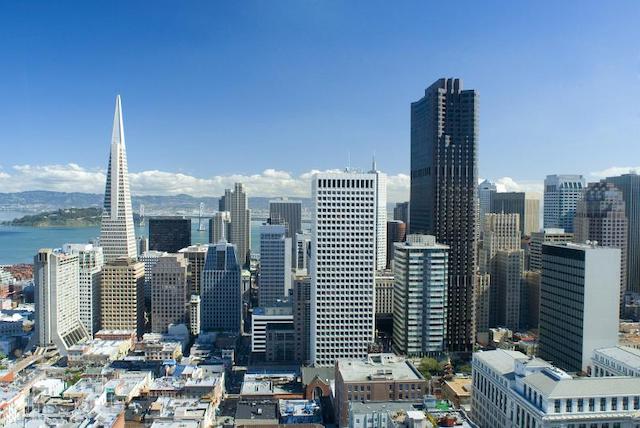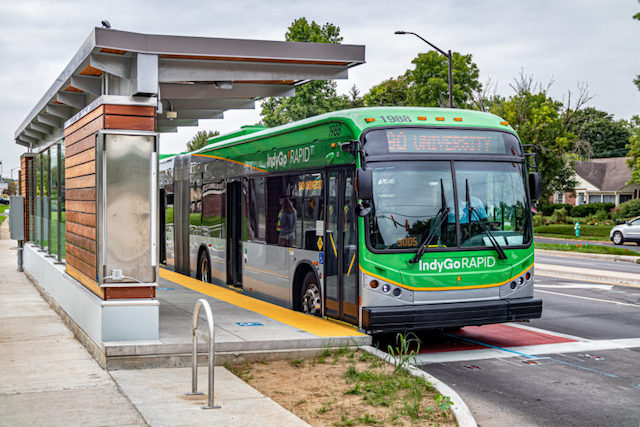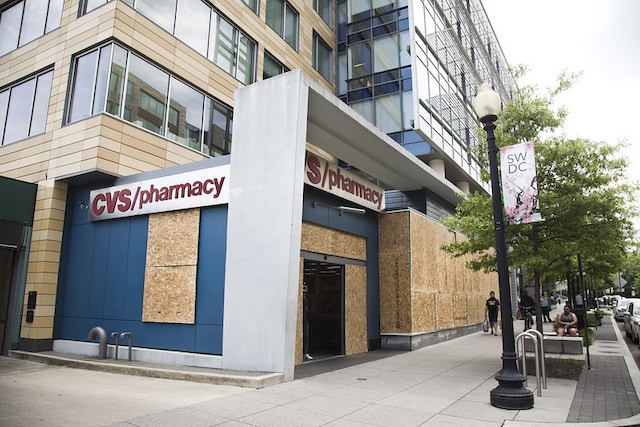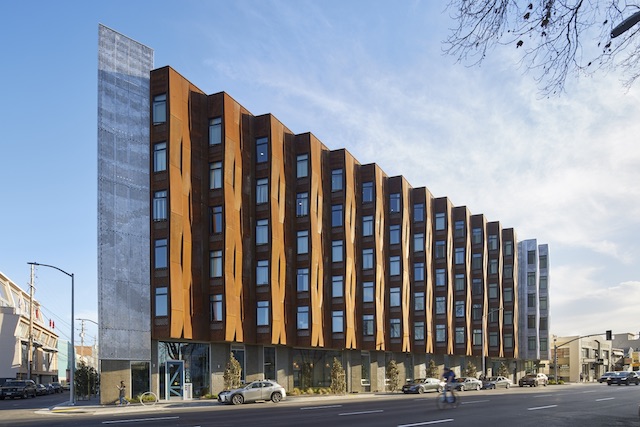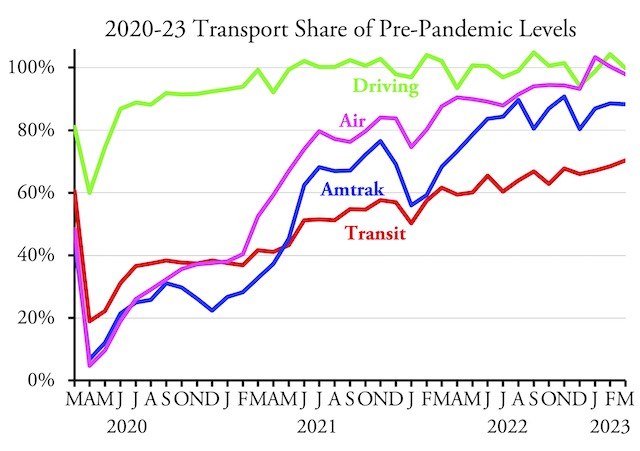Perhaps the Antiplanner is naive, but I’ve always believed that government infrastructure exists to help us be more productive and live the lives we want. To the contrary, I’ve noticed that news reports take it for granted that we exist solely to support the infrastructure that government thinks we should have.
According to the latest estimate, economic activity in downtown San Francisco is only 32 percent of what it was before the pandemic. Photo by PhotoEverywhere.
This is most obvious with urban transit which, since we aren’t riding it, “experts” argue we should pay more taxes to keep it running anyway. Lately, the same attitude is creeping into stories about downtowns. Continue reading

